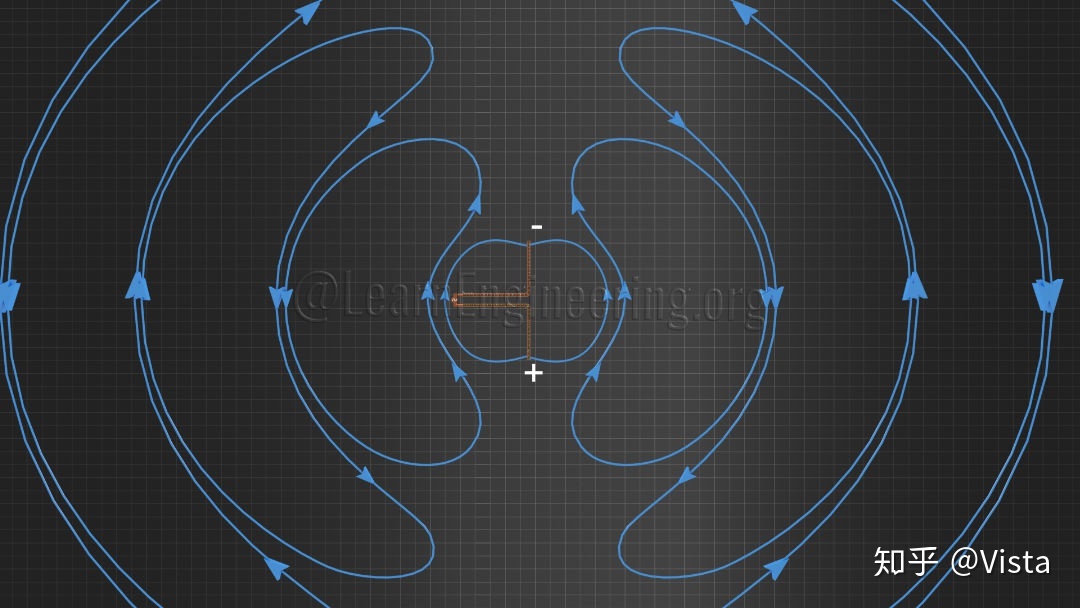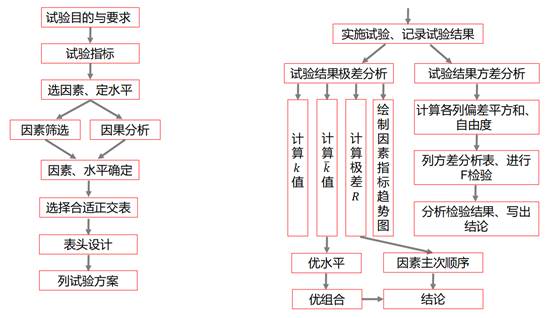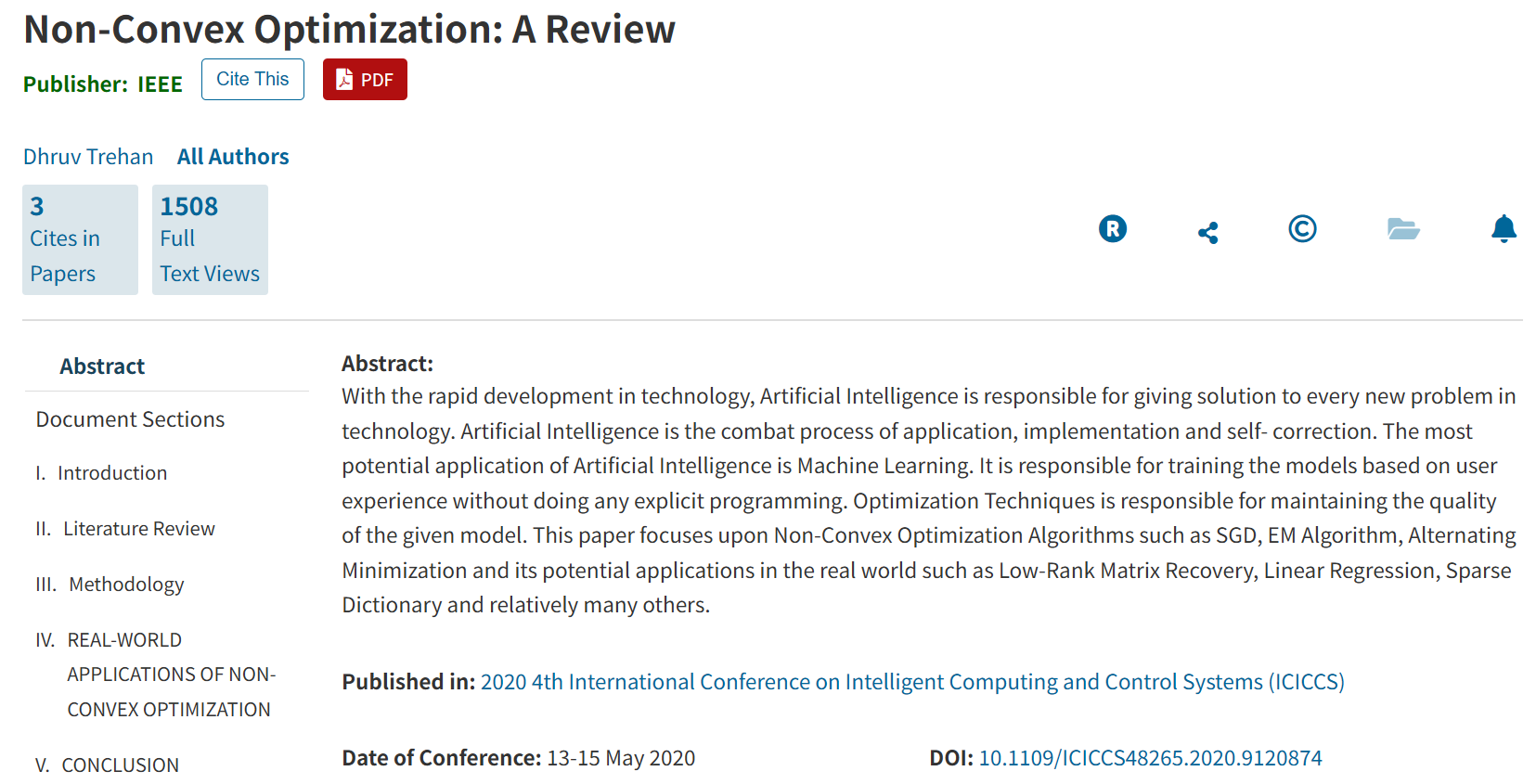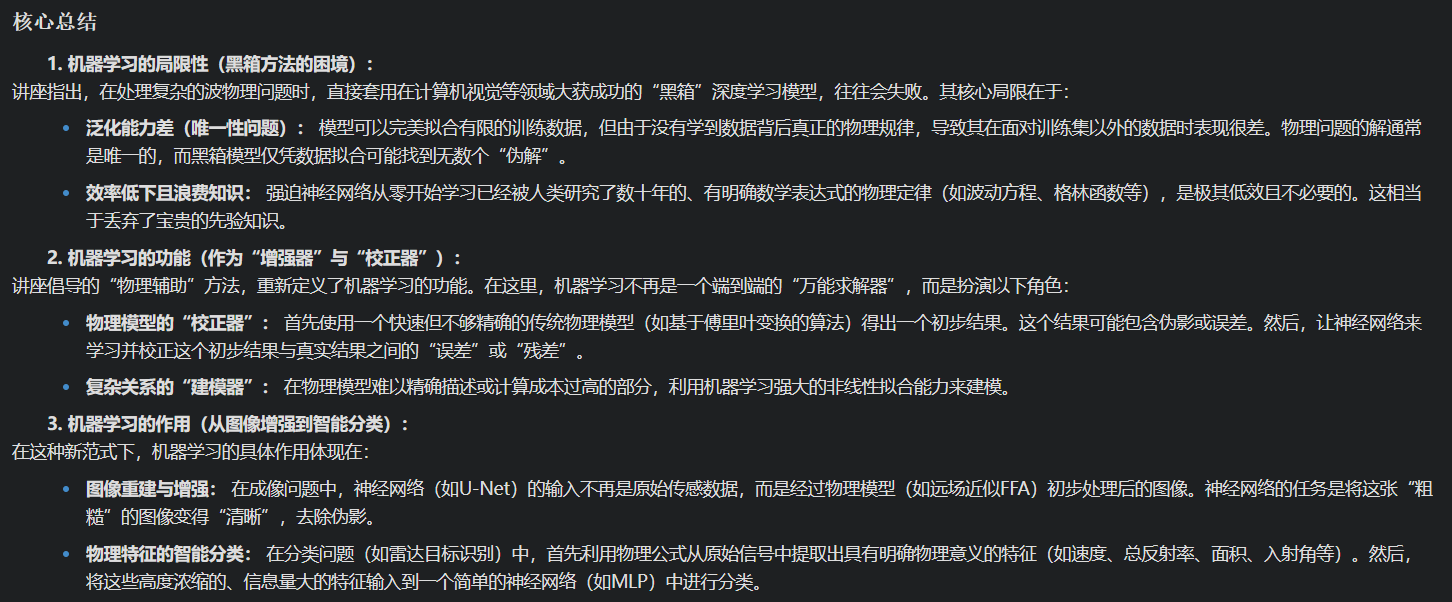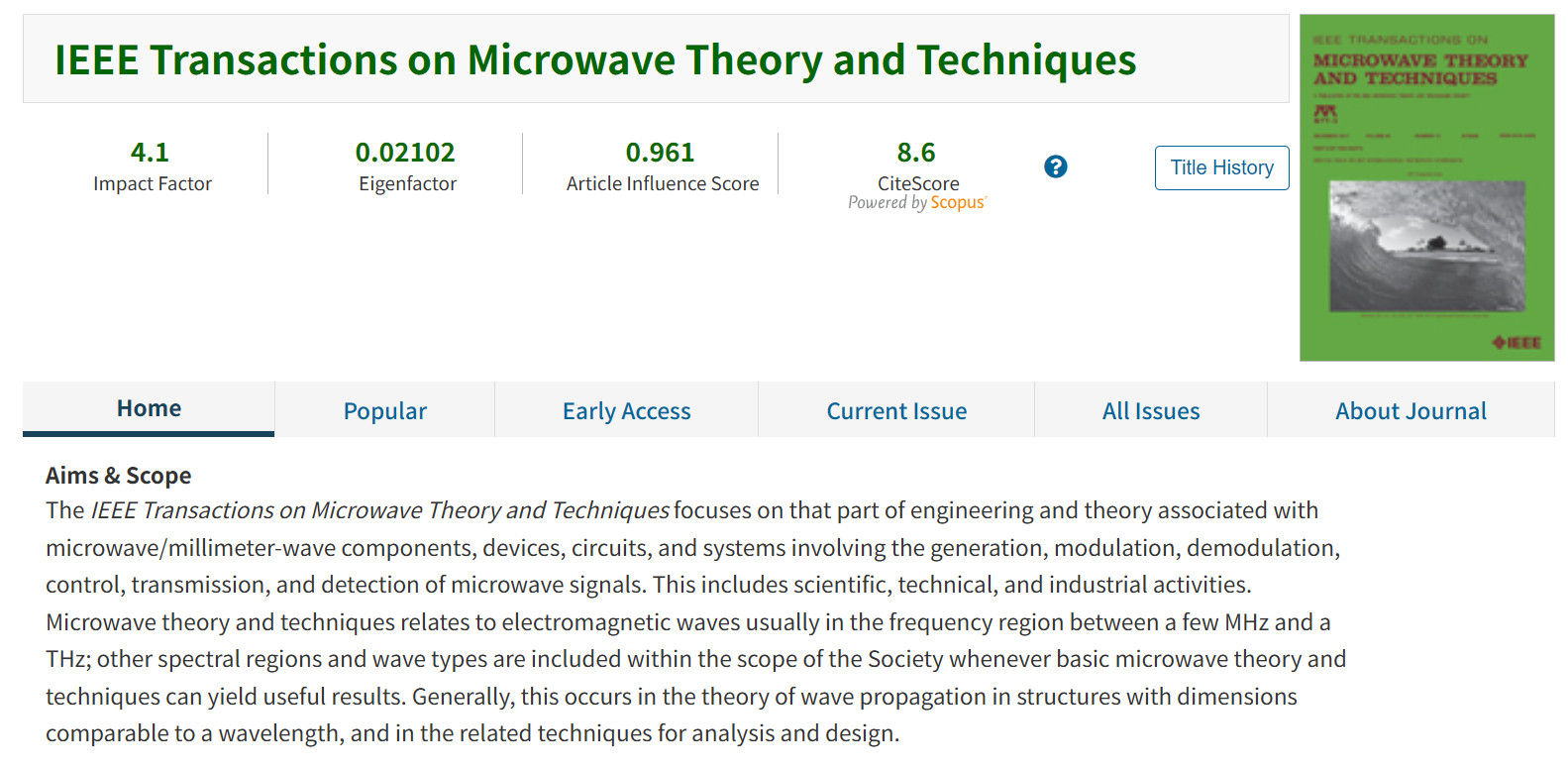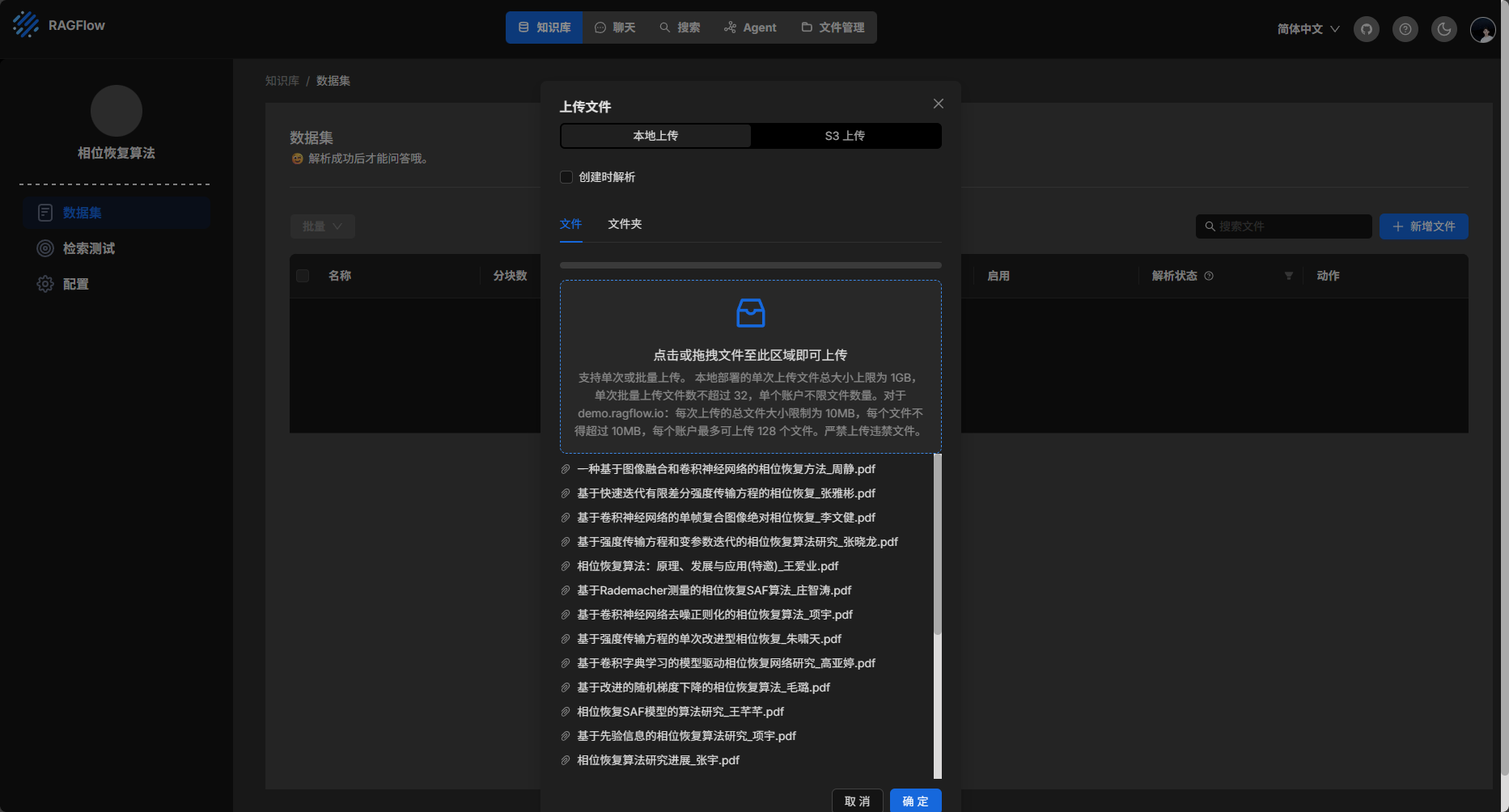《科学写作报告》作业
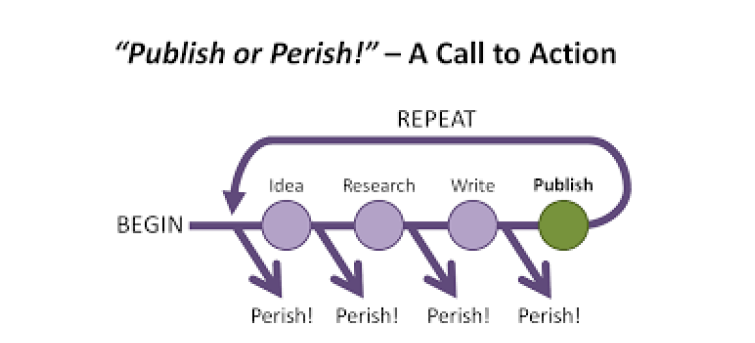
I have reviewed the inaugural document titled AI-driven assistants for education and research? A case study on ChatGPT for air transport management. I intend to encapsulate the essence of this paper by addressing the following five inquiries.
- What is the problem to be addressed?
The research endeavors to systematically investigate the conceivable impact of ChatGPT within the aviation domain and rigorously evaluates the extent to which this impact has manifested. Employing a methodological approach that combines surveys administered to graduate students and experimental interactions with ChatGPT, the inquiry elucidates substantive findings. Survey outcomes underscore the students’ pronounced interest in facets such as efficient learning, time optimization, and the augmentation of programming and writing skills. Through meticulously designed experiments encompassing terminology elucidation, identification of cutting-edge research tasks, and programming design, the study illuminates the nuanced trade-offs inherent in the utilization of ChatGPT and AI-driven assistants, delineating the delicate equilibrium between accrued benefits and potential risks.
In the context of modernizing aviation education, the concern revolves around the difficulty of traditional systems to captivate the interest of younger generations in aviation studies. The study aims to investigate how ChatGPT can contribute to a personalized learning experience, thereby enhancing student engagement, improving retention rates, and providing effective feedback and assessment.
Another critical area of exploration is the facilitation of knowledge discovery within aviation studies. The challenge lies in accessing and synthesizing the vast reservoir of online knowledge. Here, the research seeks to understand how ChatGPT can serve as a tool for effective knowledge discovery, allowing students to establish connections across diverse fields such as mathematics, physics, computer science, and avionics.
This study delves into the transformative potential of AI-based chatbots, exemplified by ChatGPT, within the realm of aviation education and research. The overarching problems to be addressed encompass the need for modernizing traditional aviation education systems, overcoming challenges in knowledge discovery, and promoting inclusivity in aviation education.
2. What motivates interest? Why is it hard? Why is it important?
The study is motivated by the increasing influence of ChatGPT, in reshaping industries, notably the aviation sector. The impetus stems from AI’s transformative trends in predictive maintenance, operational efficiency, air traffic control, and passenger experience. The introduction of AI-driven chatbots, like ChatGPT, presents a novel frontier for exploration. The inherent complexity of the aviation industry provides a compelling backdrop for studying AI-based chatbots in education and research. This intersection offers an opportunity to modernize traditional systems and address challenges faced by students and researchers.
The examination focuses on the potential impact of ChatGPT on the aviation industry, considering its proficiency in generating textual content and revolutionizing human-computer communication. The challenge lies in evaluating the intricate interplay between the advantages and potential risks of ChatGPT and AI-driven assistants. Despite the promise of streamlined communication, there is a necessity to navigate nuanced trade-offs. The study’s significance lies in its implications for aviation education and research, aiming to comprehend the practical utility and challenges associated with these technologies.
The study addresses the challenge of navigating vast online knowledge within aviation studies, using ChatGPT as a tool for knowledge discovery. Overcoming information overload and ensuring reliability and accuracy are crucial. The transformative potential of AI-driven chatbots in aviation education and research is emphasized, providing personalized learning experiences, enhancing engagement, and contributing to improved knowledge retention and assessment. The comprehensive discussion on challenges and limitations for the air transport management community informs future research directions. The study constitutes an initial contribution to assessing the transformative potential of ChatGPT in the aviation domain, offering a nuanced understanding and paving the way for subsequent investigations. In summary, the study’s motivation lies in the convergence of AI and aviation, particularly ChatGPT, as a solution to longstanding challenges in education and research, with the potential to reshape educational paradigms and redefine the collaborative landscape in aviation research.
3. What’s the new idea here?
This study introduces innovative ideas at the intersection of AI-driven chatbots, specifically exemplified by ChatGPT, and aviation education and research. Key concepts include tailoring personalized learning experiences to modern learners, leveraging ChatGPT for knowledge discovery across disciplines, promoting inclusivity in aviation education, and envisioning ChatGPT as a collaborative research tool. The study challenges conventional approaches and aims to redefine aviation education paradigms, foster inclusivity, and transform collaborative landscapes in research.
ChatGPT’s proficiency in generating coherent textual content across diverse languages positions it as a potential catalyst in transforming human-computer communication, particularly in aviation education and research. The study systematically scrutinizes the potential impact of ChatGPT through graduate student surveys and experimental interactions. Survey results reveal student interest in efficient learning, time optimization, and skill augmentation, while experiments highlight nuanced trade-offs in utilizing ChatGPT and AI-driven assistants, emphasizing the delicate balance between benefits and potential risks.
Focusing on graduate students at Beihang University, a leading aviation institution in China, the study captures perspectives on ChatGPT’s utility in air transport management tasks. The analysis demonstrates practical applicability across various tasks, including programming challenges, identifying advancements, and explaining specialized terminology. The study goes beyond surveys to discuss critical challenges and limitations faced by the air transport management community, serving as a catalyst for outlining future research directions in this dynamic field.
4. What are the good points of the paper according to our lecture?
The passage exhibits commendable characteristics in scientific writing, linguistic precision, and paragraph cohesion. The introduction seamlessly presents ChatGPT as a significant advancement in the field, succinctly emphasizing its pioneering capacity to generate textual content across a spectrum of languages.
The linguistic expression employed throughout the passage is characterized by precision, technicality, and a formal tone, aligning seamlessly with the expectations inherent in scientific discourse. The description of ChatGPT as the “latest entrant in the field” introduces a nuanced and engaging tone into the narrative, rendering it accessible without compromising the overall formality. The passage adeptly employs domain-specific terminology, thereby reinforcing its credibility and relevance within the context of the subject matter. The transitions between paragraphs are meticulously crafted, ensuring a seamless progression of ideas from the overarching influence of AI on aviation to the specific examination of ChatGPT. The utilization of phrases such as “Doing so” and “In this study” facilitates a lucid transition between different facets of the research, augmenting the overall coherence of the narrative.
In summary, this passage serves as an exemplar of effective scientific writing, characterized by its clarity, precision, strategic organization, and incorporation of pertinent data. Consequently, it establishes a commendable standard for academic discourse within the realm of AI-driven aviation research.
5. What can be further improved according to our lecture?
The presented discourse exhibits commendable writing techniques; nonetheless, certain aspects warrant refinement to enhance rigor, coherence, and scholarly robustness. Initially, the introduction of ChatGPT lacks precision in elucidating why it is deemed the “latest” technology and its purported revolutionary potential. Augmenting the logical underpinning by providing contextual information or referencing pertinent research trends would fortify the overall coherence. Furthermore, certain paragraphs exhibit prolixity, encapsulating diverse topics. The segmentation of lengthy sentences or the allocation of distinct topics into discrete paragraphs could ameliorate both readability and comprehension. Notably, an incongruity arises in the deployment of phrases, with “potential to revolutionize” in the inaugural paragraph and “potential impact” in ensuing sections. Consistency in phraseology throughout the passage would obviate potential confusion.
In short, the absence of tangible examples or empirical data to buttress the explication of survey and experimental findings diminishes the persuasive authority of the arguments. Integrating specific instances or statistical evidence would bolster the credibility and cogency of the assertions. In summation, rectifying the logical progression, mitigating inconsistencies, infusing specificity, and forging more robust thematic linkages would elevate the overall caliber and efficacy of the discourse.





